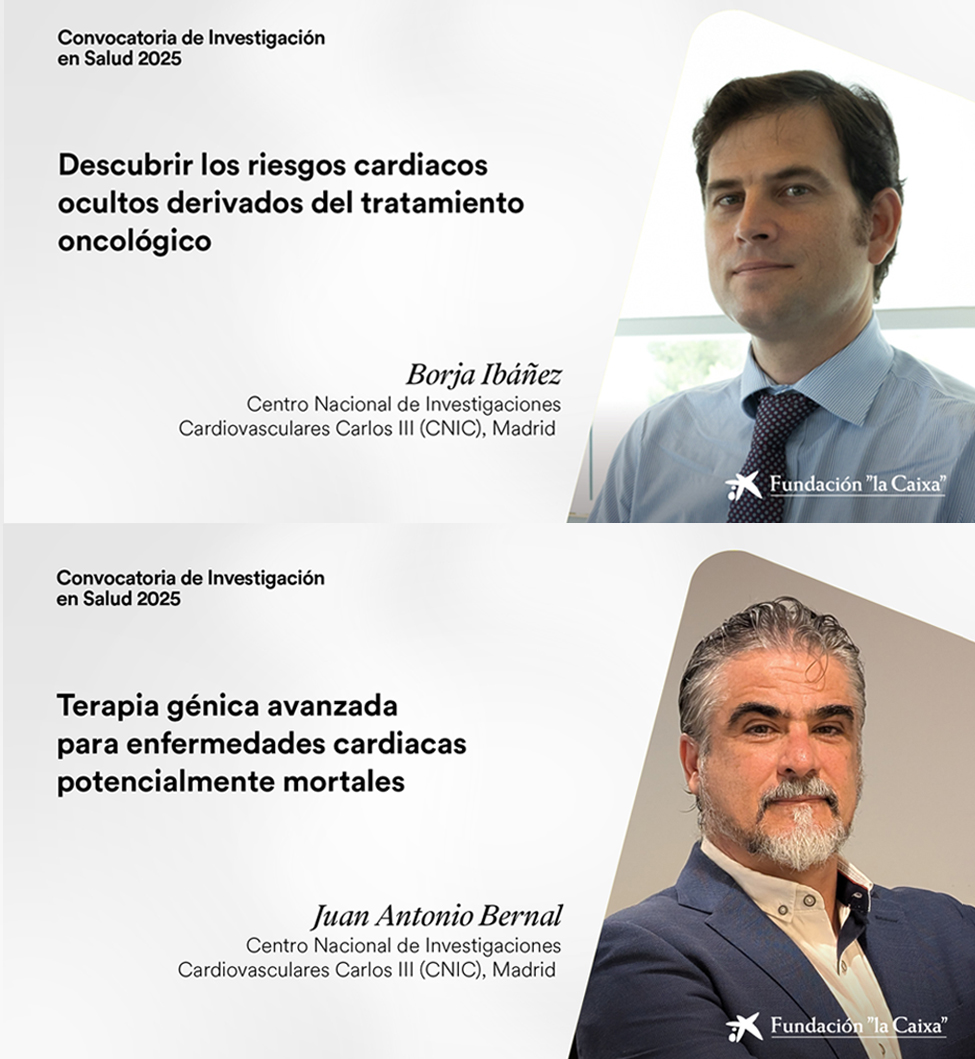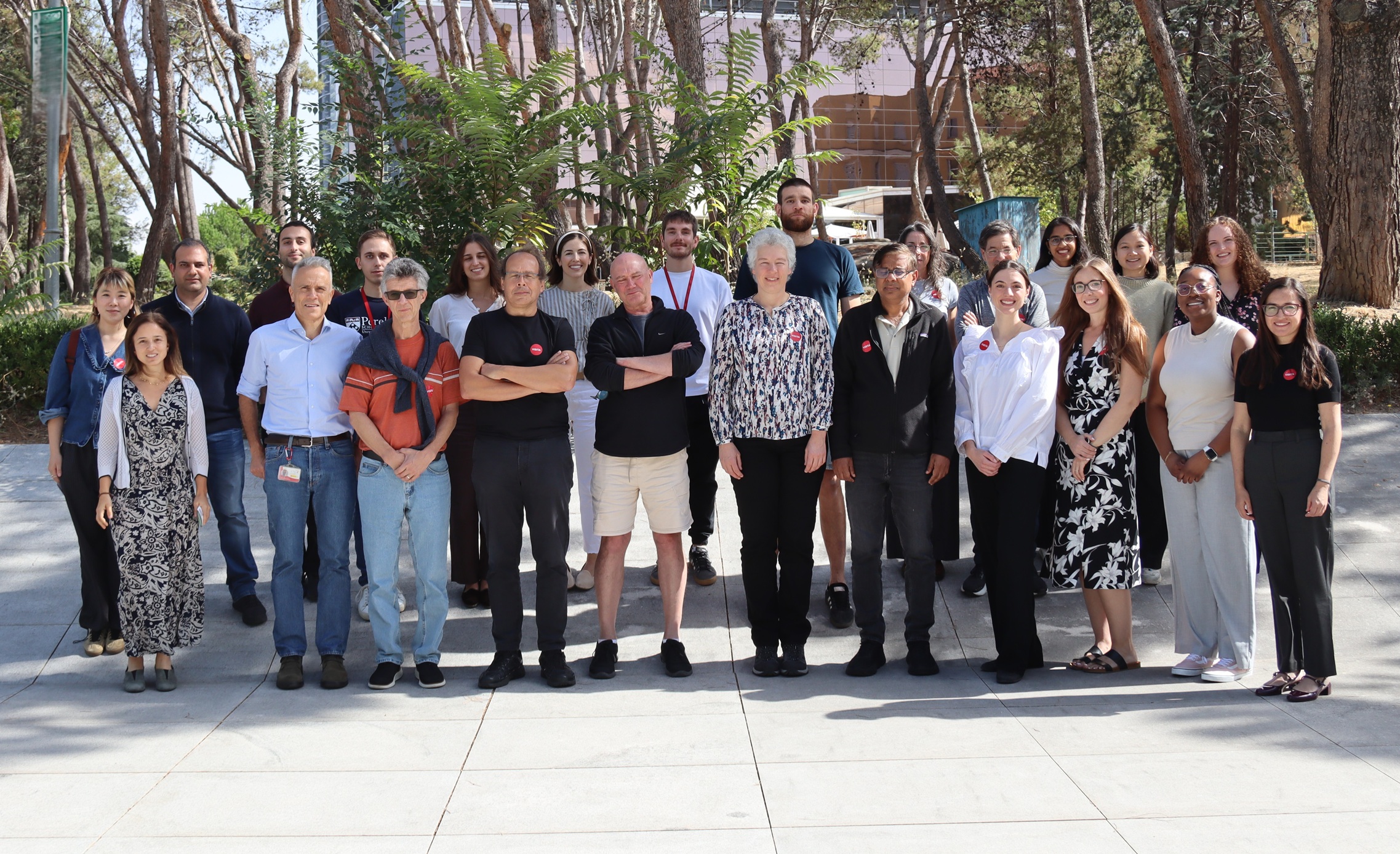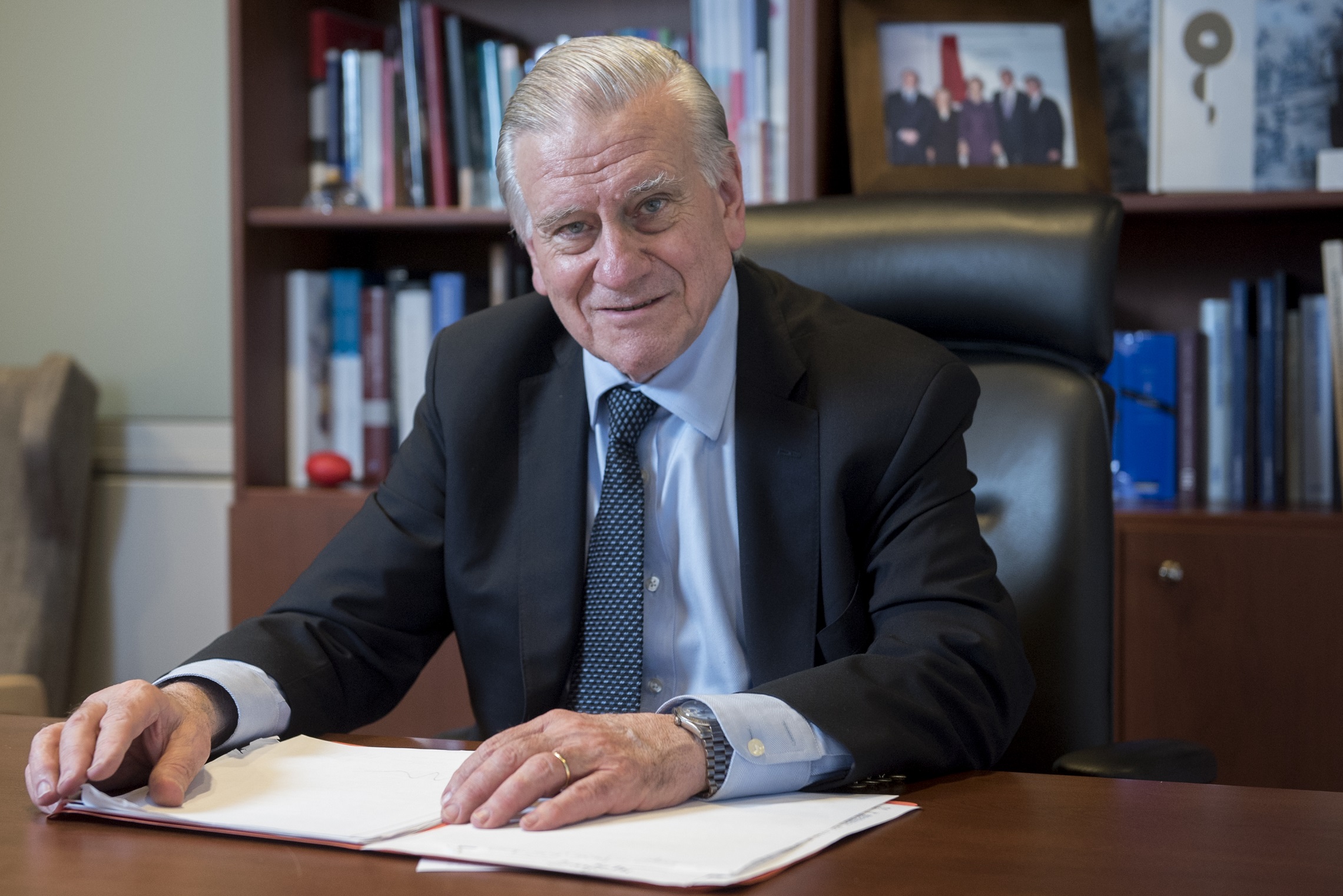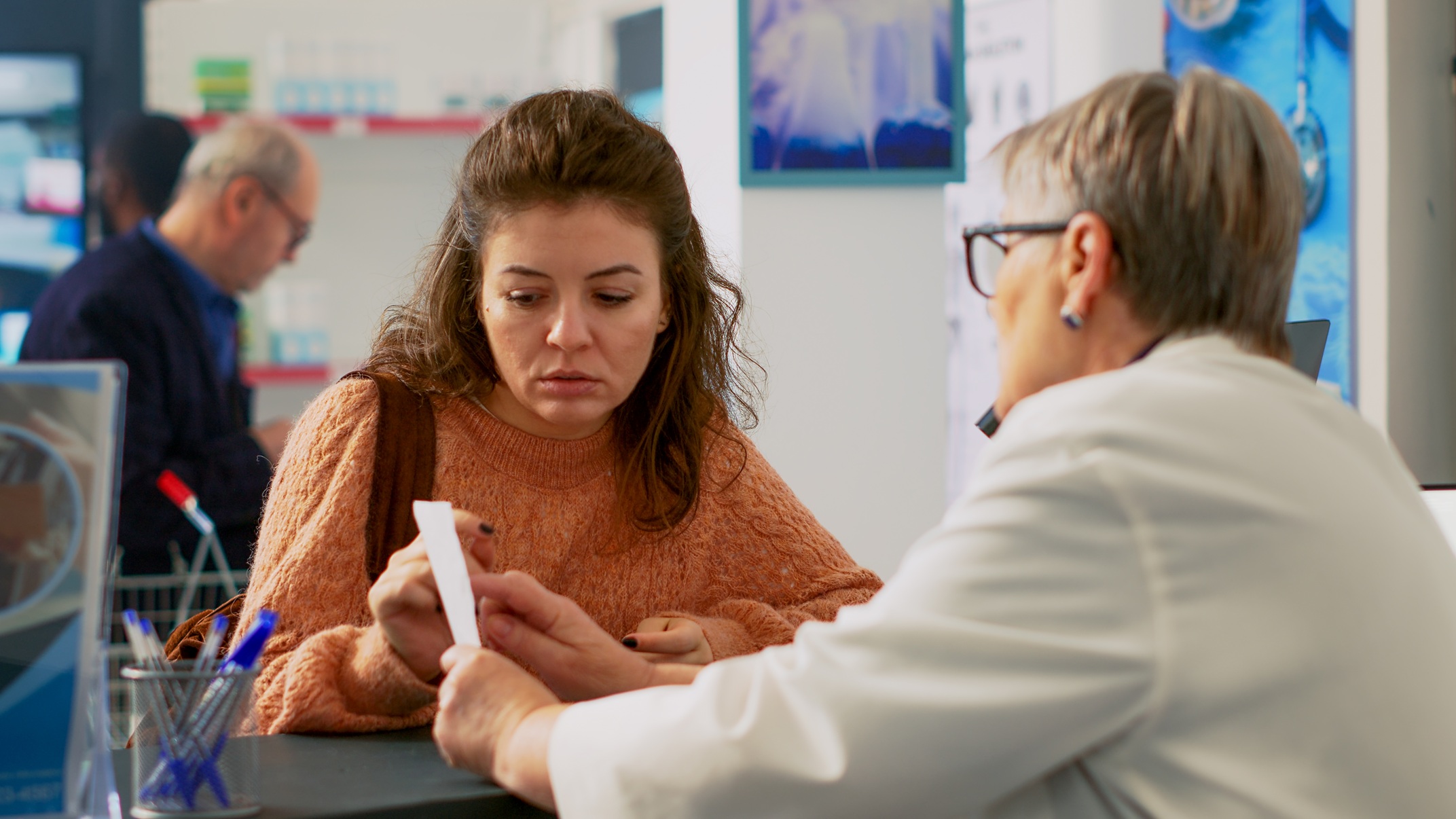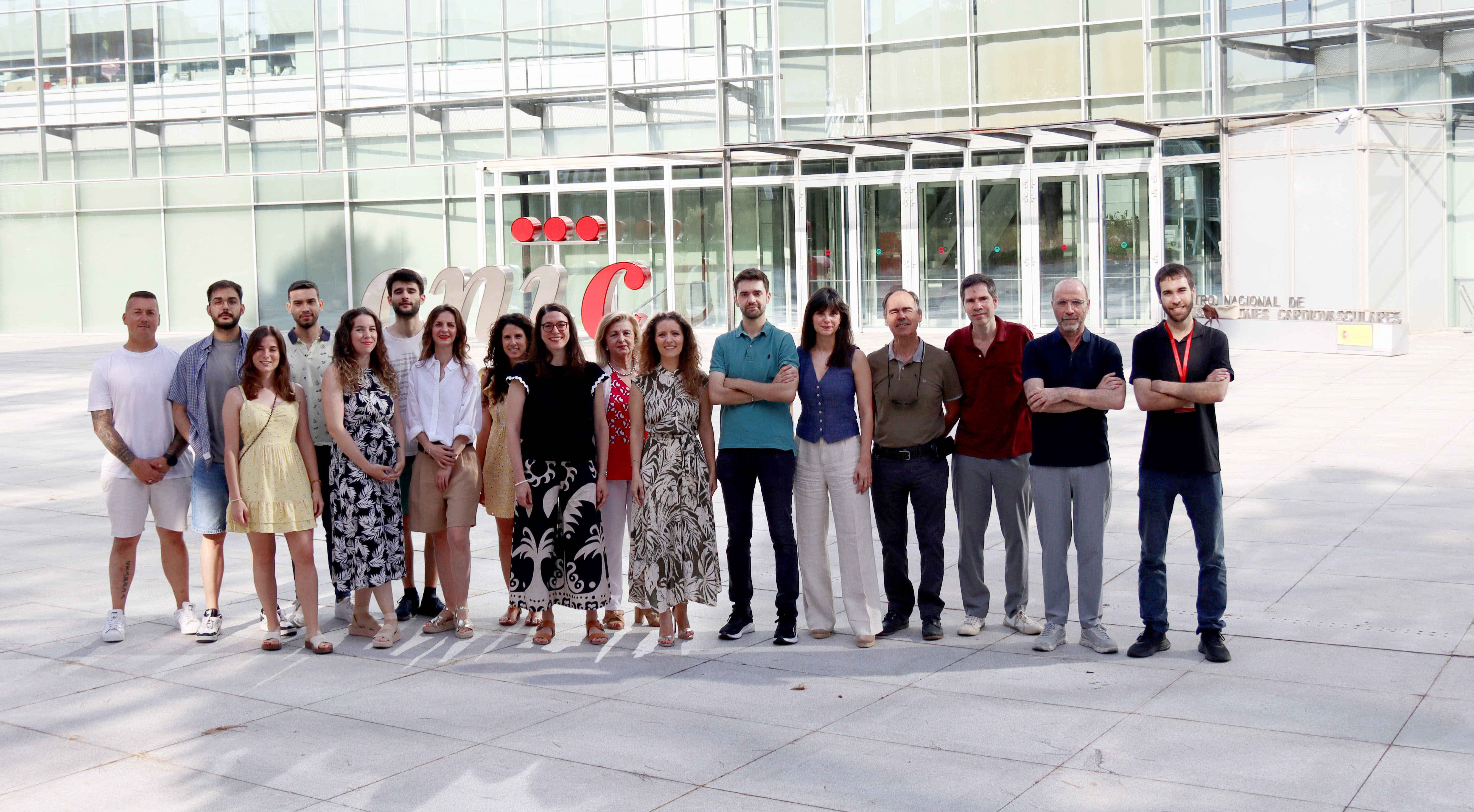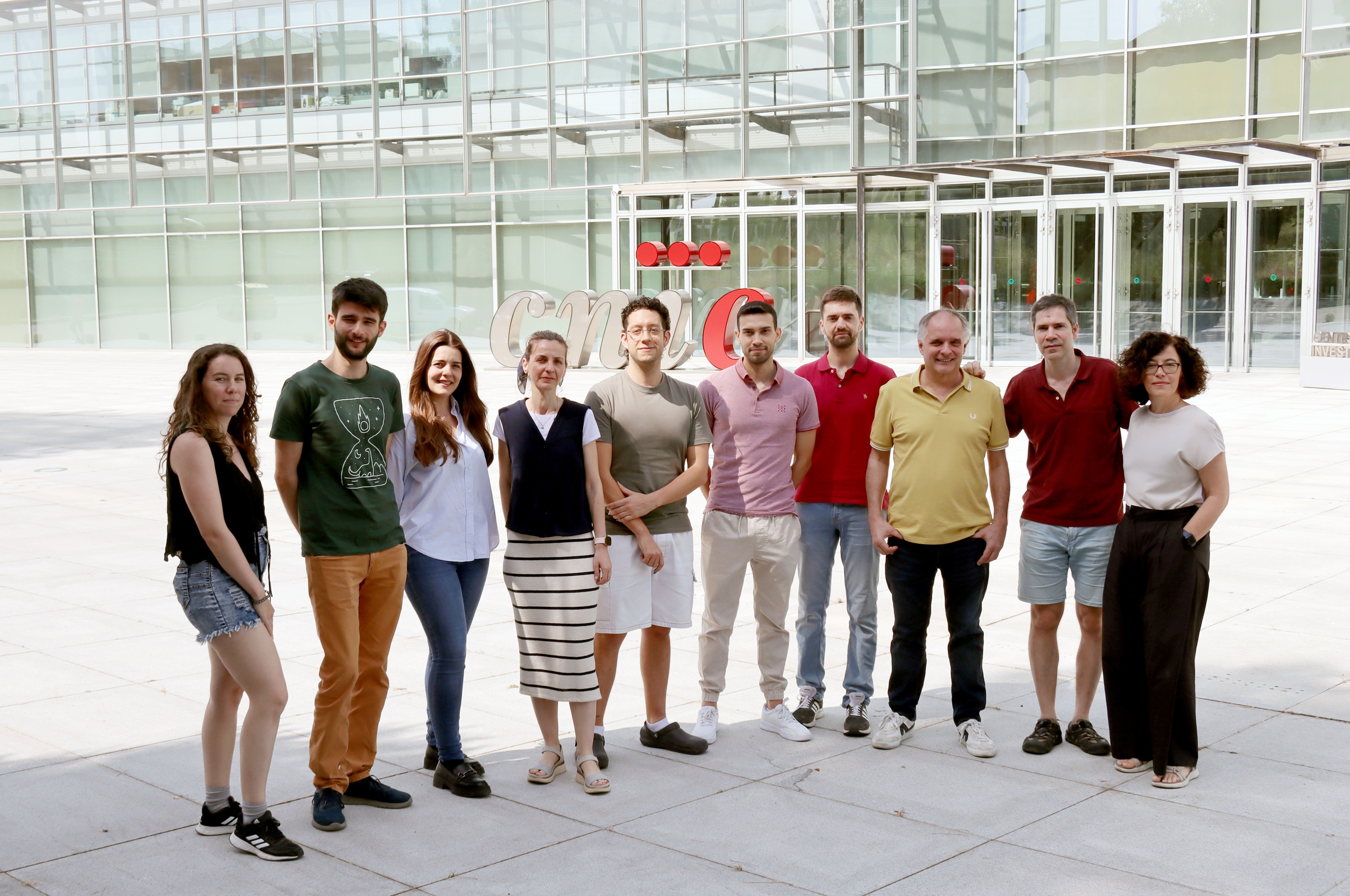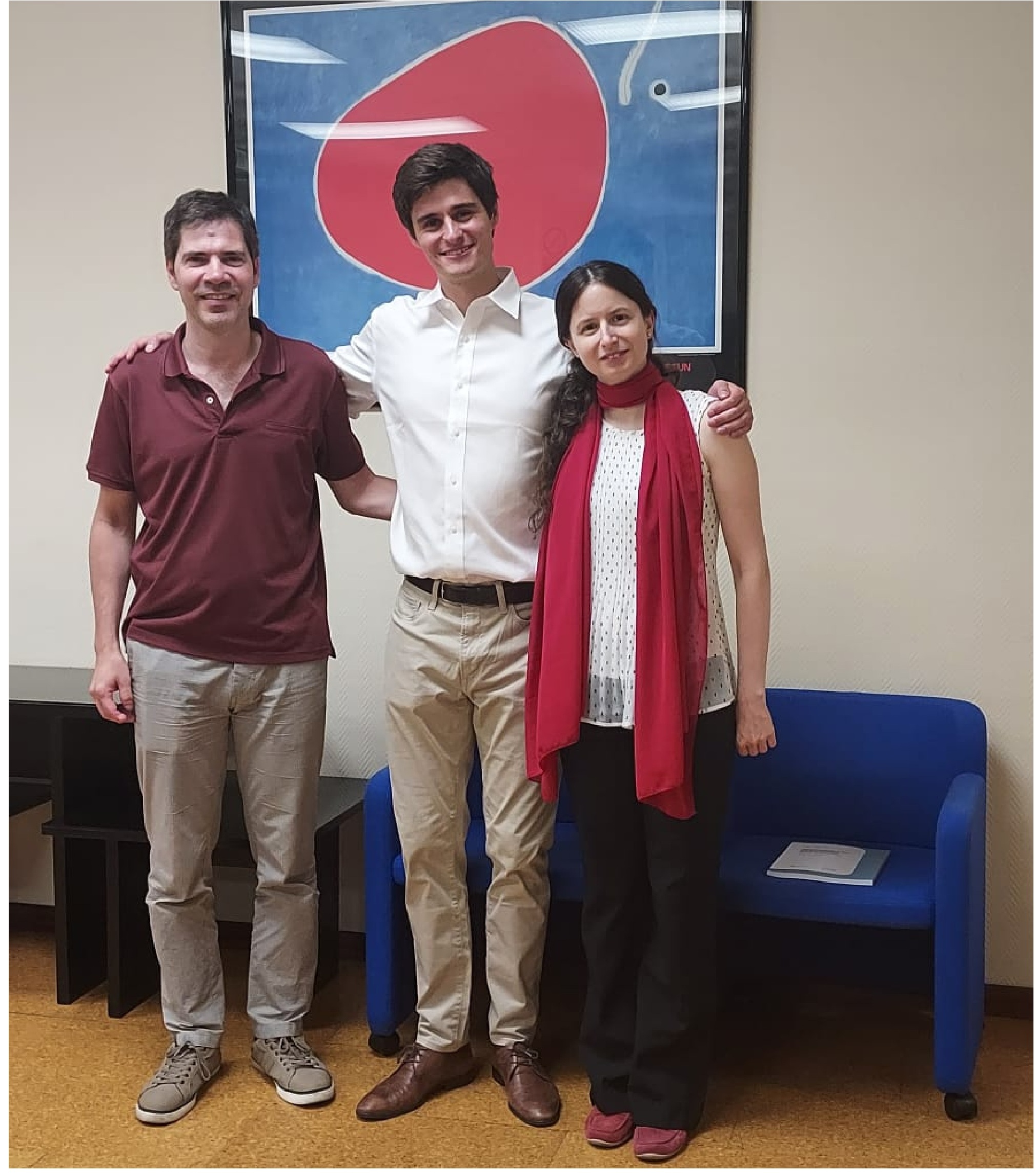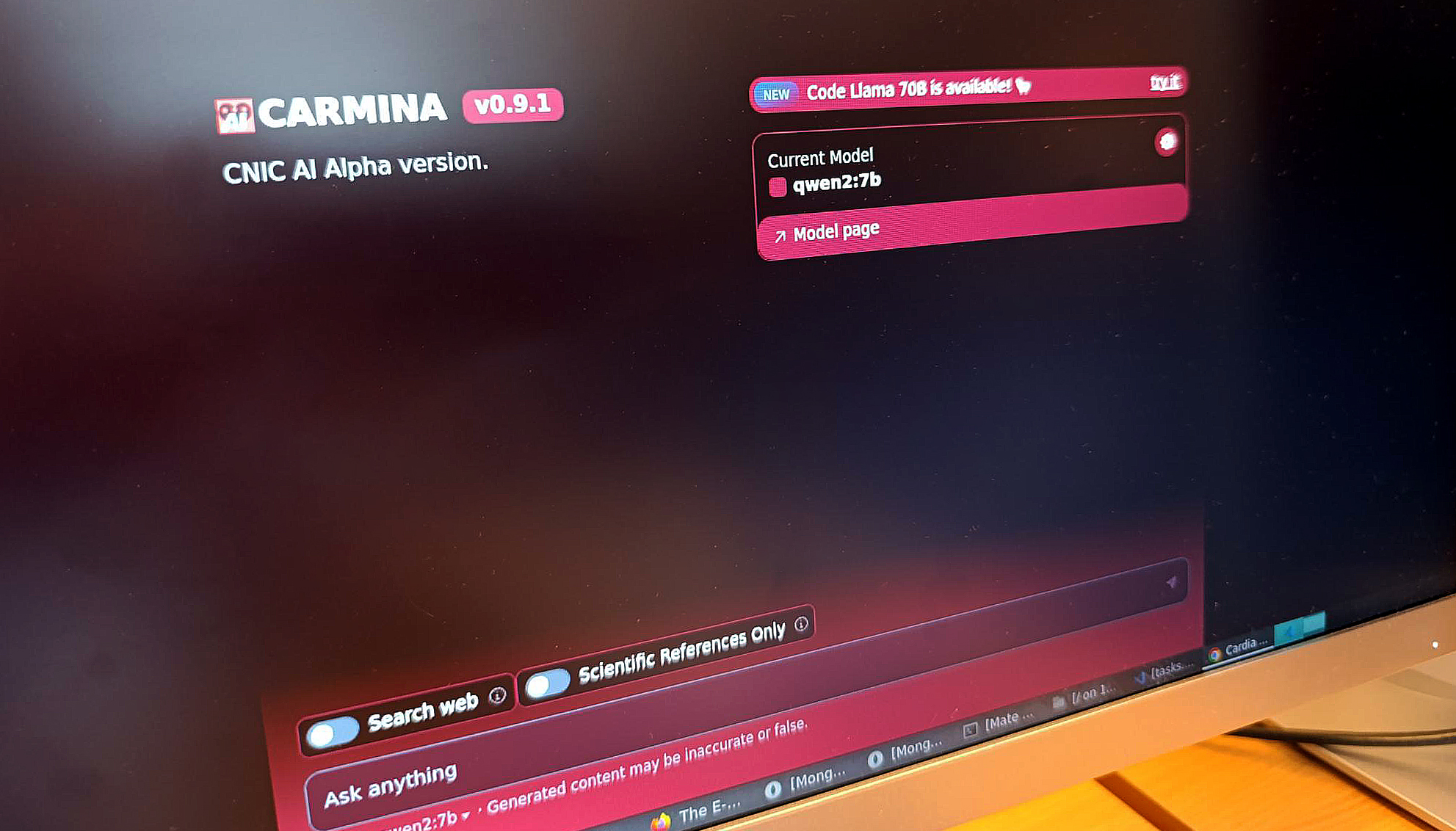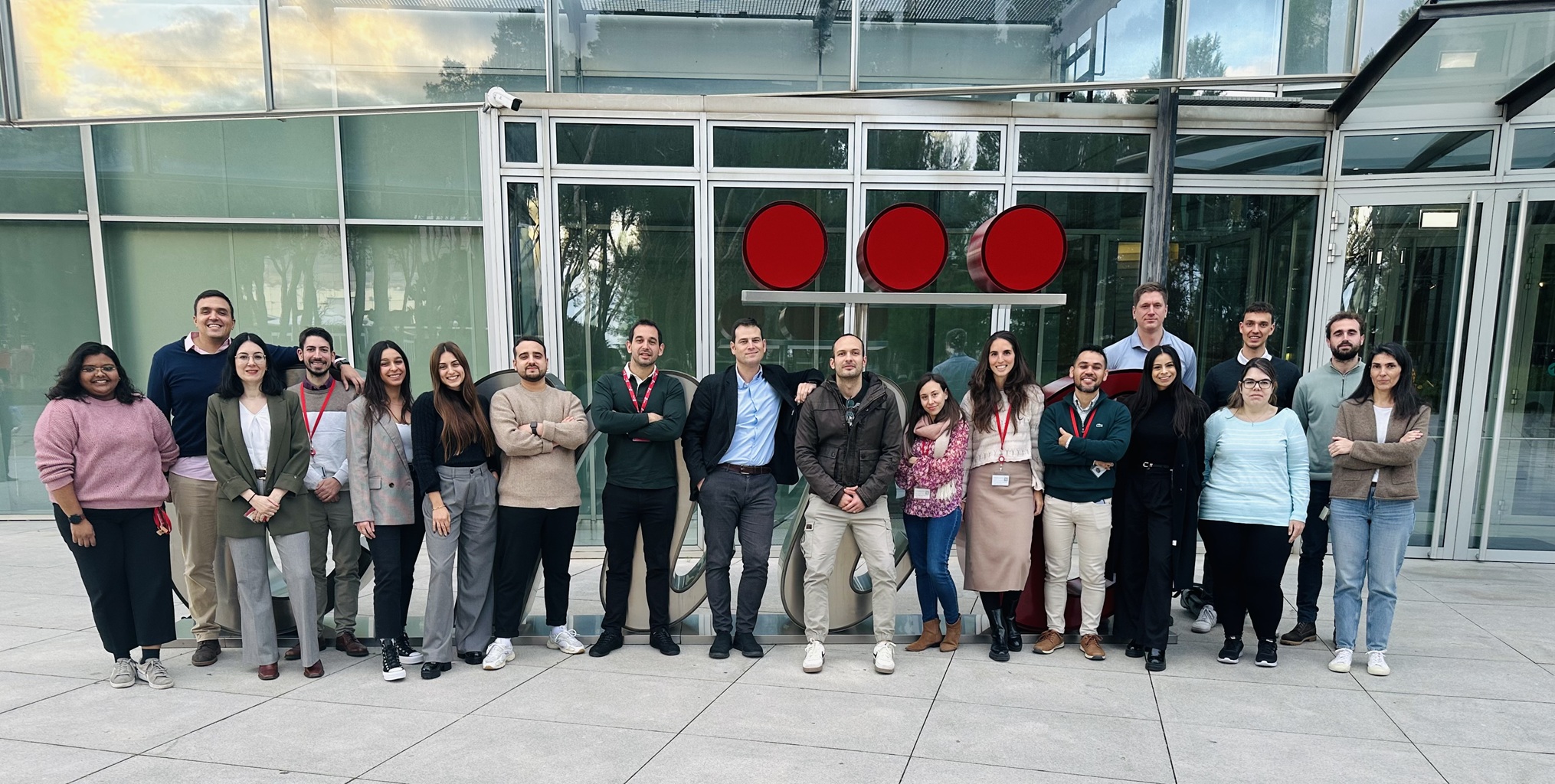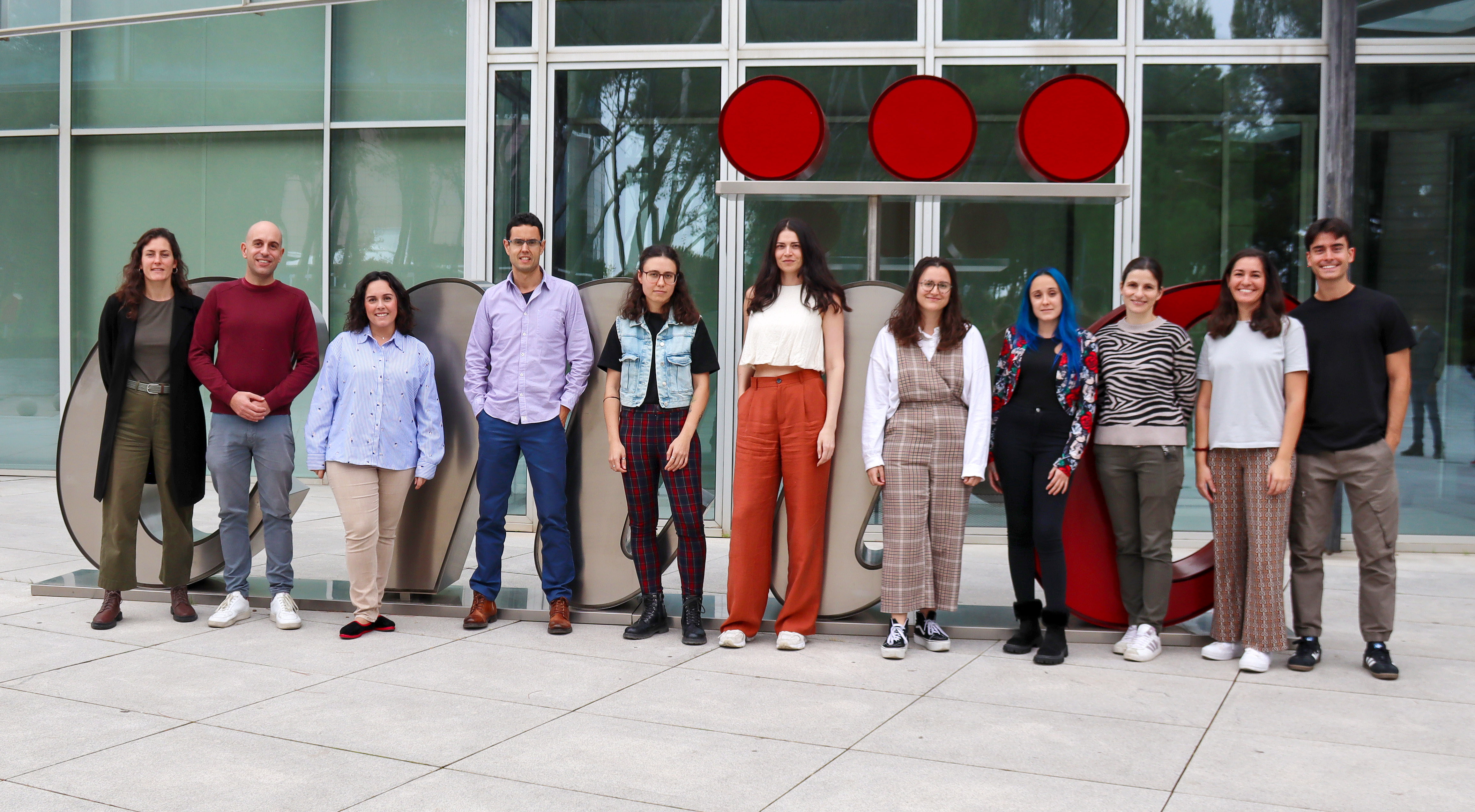News search
|
About the CNIC 20 Nov 2025 In this latest round, the la Caixa Foundation Health Research Call has selected 34 new cutting-edge biomedical research projects |
|
About the CNIC 31 Aug 2025 From August 29 to September 1, Madrid hosts the European Society of Cardiology Congress (ESC Congress) and the World Heart Federation World Congress of Cardiology |
|
Research 30 Aug 2025 REBOOT trial, coordinated by the CNIC, shows that treatment with beta-blockers provides no benefit to patients who experience an uncomplicated heart attack that leaves the contractile function of the heart intact. |
|
Research 16 Jul 2025 A new study led by the CNIC has identified imidazole propionate (ImP), a metabolite produced by gut bacteria, as a driver of atherosclerosis— as a driver of atherosclerosis, the disease behind most heart attacks and strokes |
|
Research 2 Jun 2025 A team from the CNIC has discovered the key role of conventional type 1 dendritic cells (cDC1) in atherosclerosis and has developed an experimental therapy with immunosuppressive nanoparticles that slows the progression of the disease in animal models. |
|
Research 14 Apr 2025 A study led by the Centro Nacional de Investigaciones Cardiovasculares Carlos III (CNIC), in collaboration with the Instituto de Investigación Biomédica de Barcelona (IRB Barcelona), has identified the most effective subtype of dendritic cell for generating immune memory in response to cancer |
|
About the CNIC 8 Apr 2025 The system provides specialised answers to biomedical questions, ensuring data privacy by operating exclusively within the CNIC |
|
Research 4 Feb 2025 The study, published in JACC: CardioOncology, shows that administration of the SGLT2 inhibitor empagliflozin to pigs receiving anthracyclines preserves mitochondrial function, improves myocardial energetics, and prevents degenerative changes in heart structure |
|
Research 12 Dec 2024 iFlpMosaics is a new technology presented in Nature Methods that allows the modification and study of gene function in mouse models, advancing research on diseases caused by somatic mutations, such as cancer and vascular malformations. |
- 1 of 18
- next ›
